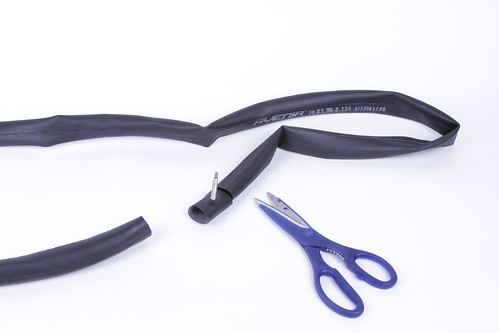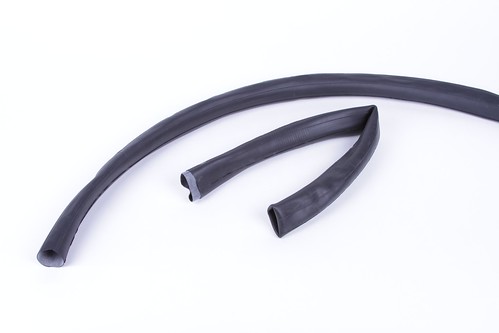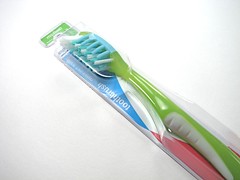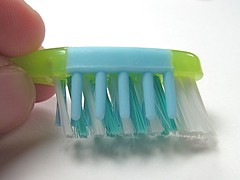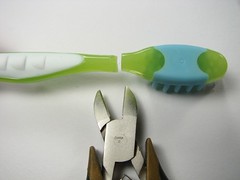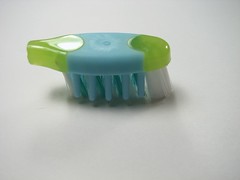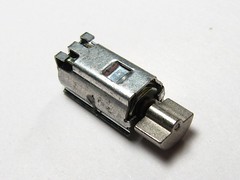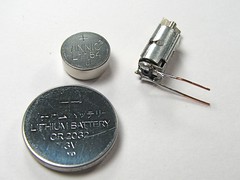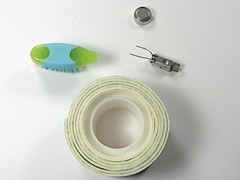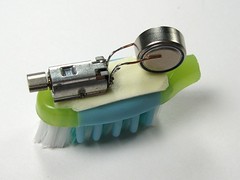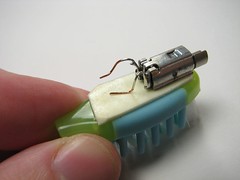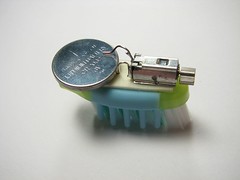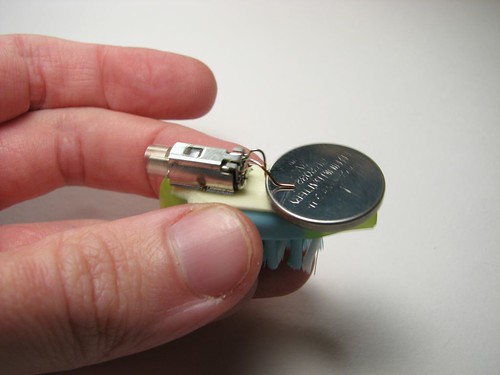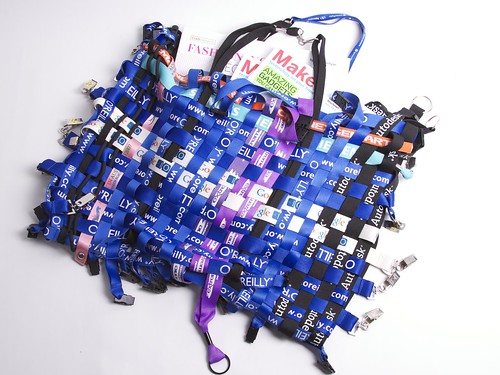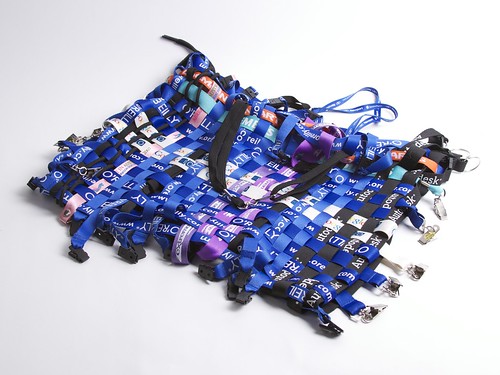Conference lanyards are often made of nice sturdy woven webbing. They seem like they ought to have plenty of uses, like replacement shoelaces or camera straps. After enough conferences, they start to look like an awful lot of raw material. Even enough to make a bag.
Lanyards that are sewn or crimped shut at the clip end are used for the horizontal webbing, and determine the overall width of the bag. Leaving the clips at the sides gives the bag a nice rattling sound and keeps the clips from scratching the contents of the bag. The upper clips can be used to hold keys to help keep them from getting lost in your bag.
Breakaway lanyards can be used for the vertical webbing, woven in and out of the continuous lanyards until they reach the top again. Place lanyards with compatible breakaway clips next to each other such that the clips can be connected to the neighbors to finish the top edges.
Make the handles by clipping a few lanyards end to end and then weave them through the middle of the bag afterwards to wrap around from one side to the other.
Alternate ending: omit the handles and clip the breakaway lanyards (vertical webbing pieces) back to themselves and stuff to form a pillow. This bag has proven popular with our feline population, and might be completely irresistible in pillow form.

